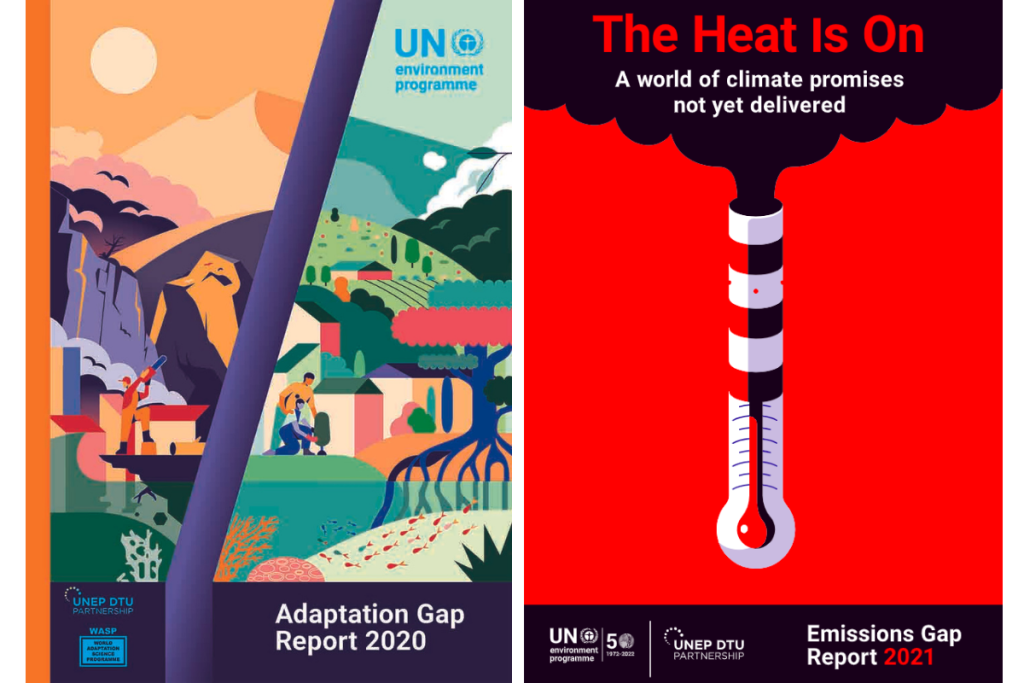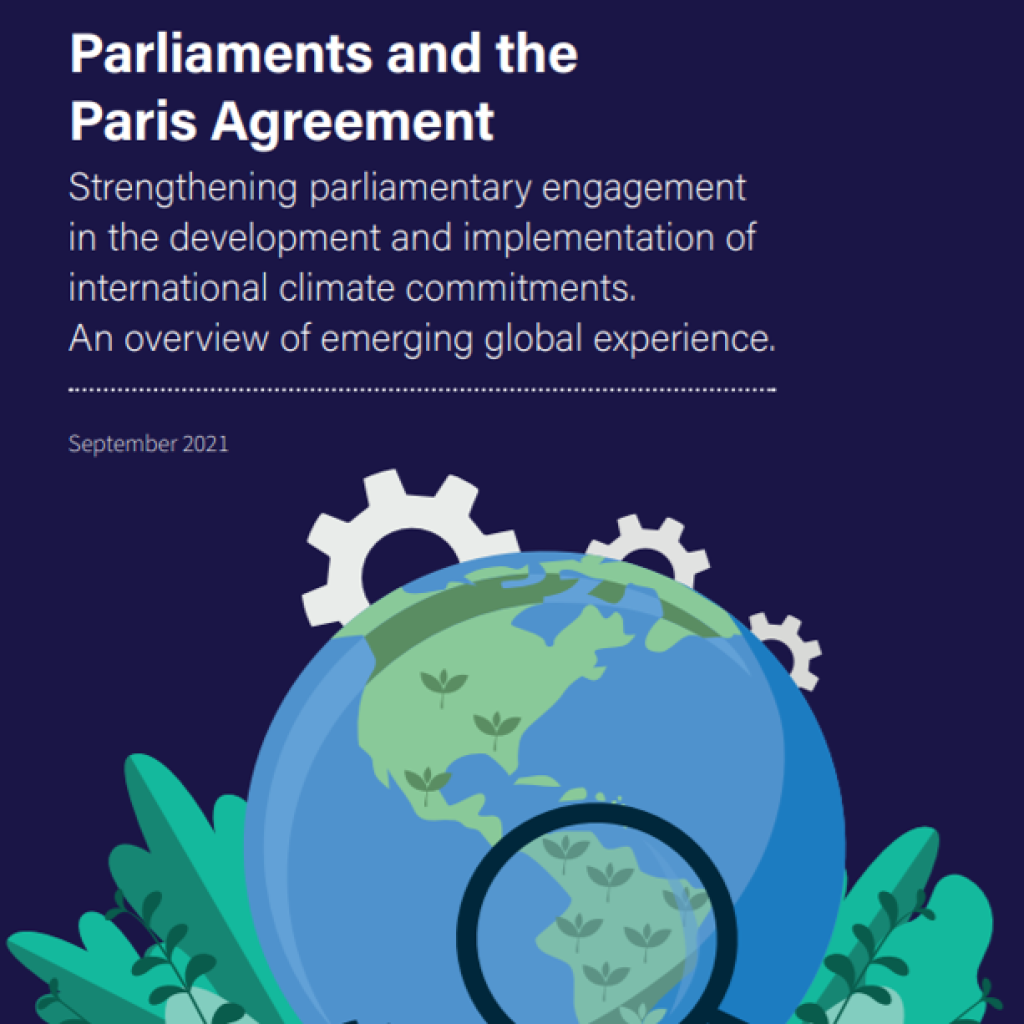Wednesday, 3 November
After months of uncertainty and ever changing logistics, the world’s nations, cities, media, and environmental organizations have gathered in Glasgow – and virtually – to address the climate emergency. The 26th UNFCCC Conference of the Parties, or COP26, is a critical summit for global climate action.
Since the historic Paris Agreement was signed at COP21 in 2015 and countries submitted the first round of national action plans, officially called Nationally Determined Contributions (NDCs), additional research has been done, negotiations have happened and information has become available.
Reading these reports, or their summaries, will give you the background information you need to follow both the in-person and online discussions.

UN Climate Change has published a full version of the NDC Synthesis report in September 2021. The full report synthesizes information from the latest NDCs of all 191 Parties to the Paris Agreement, including new or updated NDCs. The report provides a clearer and more complete global picture of actions being or planned to be undertaken by the governments and how these actions impact greenhouse gas emissions in 2025 and 2030.



UNEP Adaptation Gap Report 2020
This report looks at progress in planning for, financing and implementing adaptation – with a focus on nature-based solutions. The report finds that while nations have advanced in planning, huge gaps remain in finance for developing countries and bringing adaptation projects to the stage where they bring real protection against climate impacts such as droughts, floods and sea-level rise.
Public and private finance for adaptation must be stepped up urgently, along with faster implementation. Nature-based solutions – locally appropriate actions that address societal challenges, such as climate change, and provide human well-being and biodiversity benefits by protecting, sustainably managing and restoring natural or modified ecosystems – must also become a priority.
UNEP Emissions Gap Report 2021: The heat is on
This report provides an overview of the difference between where greenhouse emissions are predicted to be in 2030 and where they should be to avert the worst impacts of climate change.
The Emissions Gap Report 2021 shows that new national climate pledges combined with other mitigation measures put the world on track for a global temperature rise of 2.7°C by the end of the century. That is well above the goals of the Paris climate agreement and would lead to catastrophic changes in the Earth’s climate. To keep global warming below 1.5°C this century, the aspirational goal of the Paris Agreement, the world needs to halve annual greenhouse gas emissions in the next eight years.



Parliaments and the Paris Agreement
Released in September 2021, this new report explores how parliaments from across the world have responded to the Paris Agreement, five years after these climate pledges were first made.
It reflects on the role the parliaments have played in advancing these international climate commitments. This report seeks to provide a snapshot of action to date by parliaments to respond to the challenge of the Paris Agreement and the commitments it demands from national governments and member states.




